Roku yesterday announced their third-generation set-top box, and Apple TV competitor, Roku 3, with new features like a brand new interface and motion gestures for its remote.
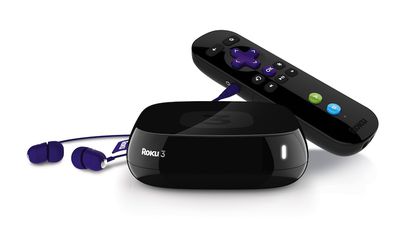
Like previous Roku boxes, the newest version also hosts entertainment apps like Hulu Plus, HBO GO, Amazon Instant Video, Netflix and more, in addition to music streaming apps like Spotify and Pandora.
The big new addition, however, is a brand new interface with a new search function. Search now allows users to search by movie title, director, actor and more and pulls in information from all of the installed apps. Once the user finds something they're looking for, they're able to watch it on whichever app they like.
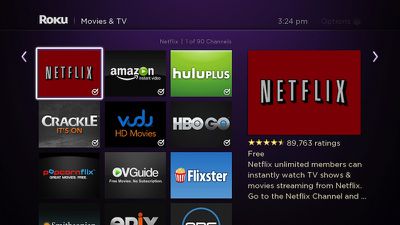
The company has also included a motion controller, much like the controllers for Nintendo's Wii game console, so that users can play games like the bundled Angry Birds Space. The controller also has a headphone jack that allows users to plug in the included earbuds and listen to their programming without disturbing others.
Roku also claims that the box consumes less power than a nightlight when streaming, has dual-band wireless for fast streaming and is the most powerful box they've built.
Although the Roku has 750 apps, more than the handful available on Apple TV, Business Insider says that Roku doesn't have a feature similar to AirPlay.
On the flipside, Roku doesn't work as well with mobile devices as the Apple TV does. You can't wirelessly beam content from your smartphone or tablet to your Roku like you can with Apple TV.
The new Roku 3 is $99, in line with Apple TV pricing, and will begin shipping in April.



 MacUpdate
MacUpdate MacLegion
MacLegion
 Japanese blog
Japanese blog 
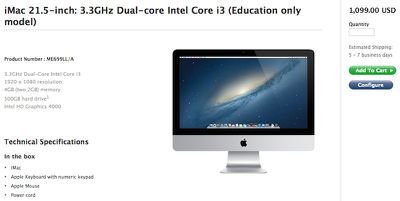
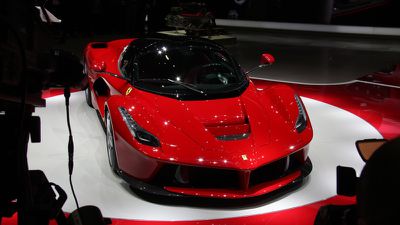

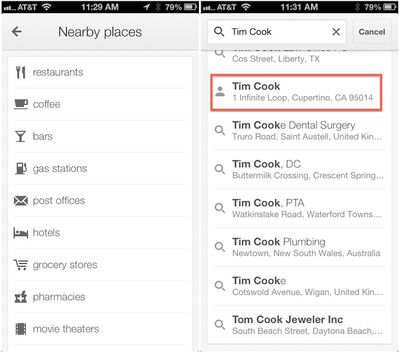
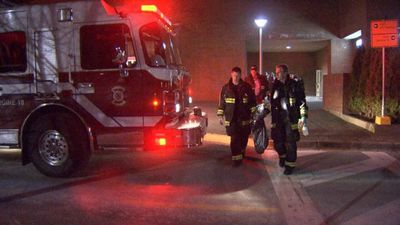



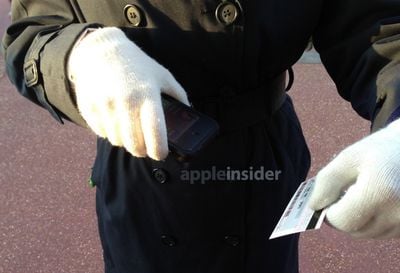
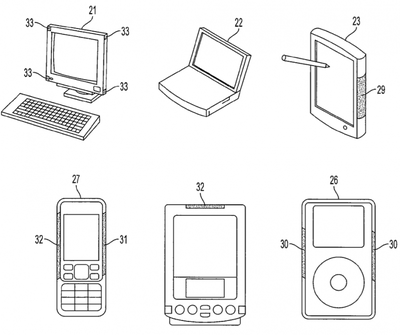
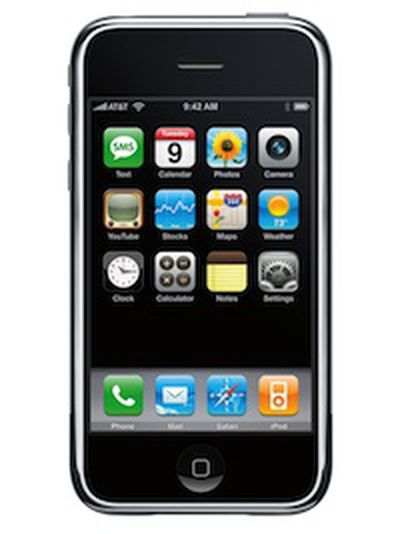 Former Apple advertising lead Ken Segall was at an event for the University of Arizona's Department of Marketing tonight and in giving the latest version of his "Insanely Simple" talk revealed some of the names Apple considered for its smartphone before settling on "iPhone",
Former Apple advertising lead Ken Segall was at an event for the University of Arizona's Department of Marketing tonight and in giving the latest version of his "Insanely Simple" talk revealed some of the names Apple considered for its smartphone before settling on "iPhone", 










